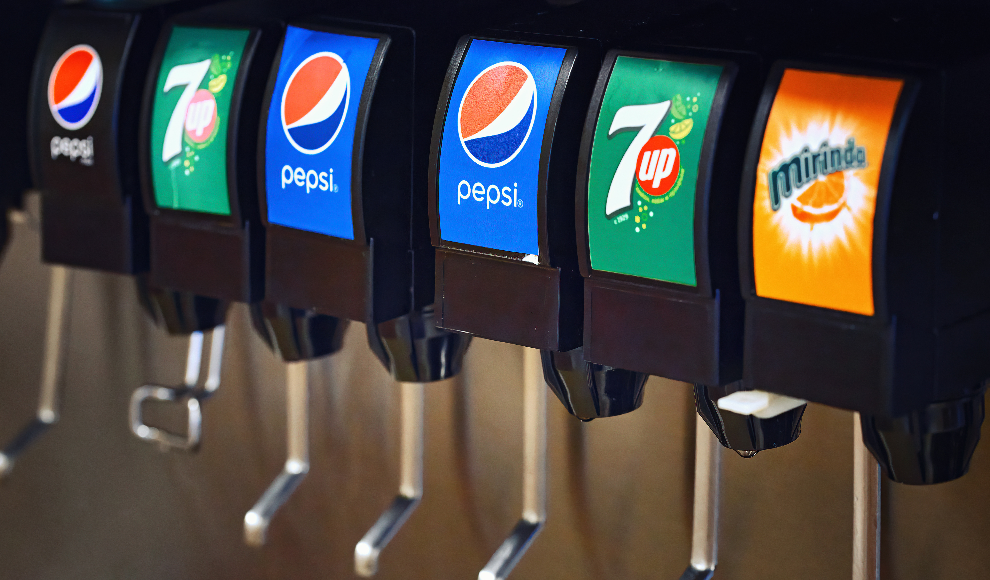Bacteria, including dangerous strains of Salmonella spp (Salmonella), Pseudomonas aeruginosa, and Escherichia coli (E. coli), are often found in drinks from popular fast-food chain vending machines. Researchers from Loma Linda University (LLU) in the United States have discovered that 41% of samples taken from different soda machines in the eastern Coachella Valley showed signs of water contamination. Molecular analysis of the 72 water samples revealed the presence of genetic material from bacteria, including Salmonella spp (Salmonella), Pseudomonas aeruginosa, and Escherichia coli (E. coli). Additionally, the water samples often contained biofilms, which are communities of microorganisms that can cause serious problems, especially in the medical field. The authors of the study recommend that vending machine operators clean and flush their machines regularly to prevent water contamination.
The LLU researchers believe that biofilms mainly form in plastic water distribution systems and then spread to drink dispensers. They also suggest that if vending machine filters are not maintained, they are not effective in preventing water contamination. The presence of pathogenic microorganisms in drinking water is a serious problem for public health and cannot be overstated. The authors recommend that vending machine operators use antimicrobial hoses in water dispensers to reduce the growth of biofilms. To minimize the risk of dangerous bacteria, the researchers suggest that monitoring measures and regulations are necessary.
In conclusion, vending machines in fast-food restaurants are often contaminated with bacteria, including dangerous strains of Salmonella spp (Salmonella), Pseudomonas aeruginosa, and Escherichia coli (E. coli). The LLU researchers recommend that vending machine operators clean and flush their machines regularly to prevent water contamination. They also suggest that antimicrobial hoses in water dispensers can reduce the growth of biofilms. To minimize the risk of dangerous bacteria, the researchers suggest that monitoring measures and regulations are necessary.










